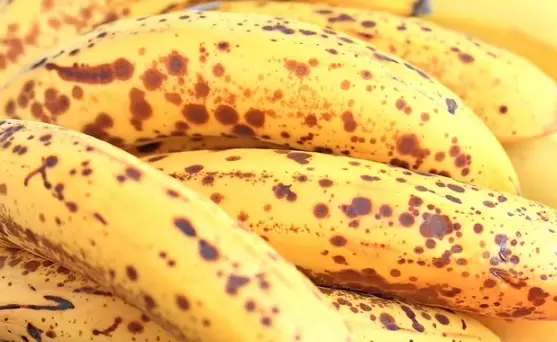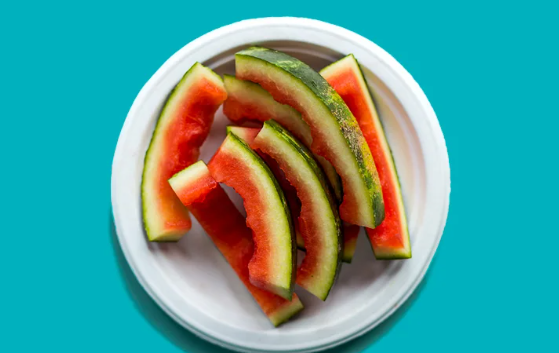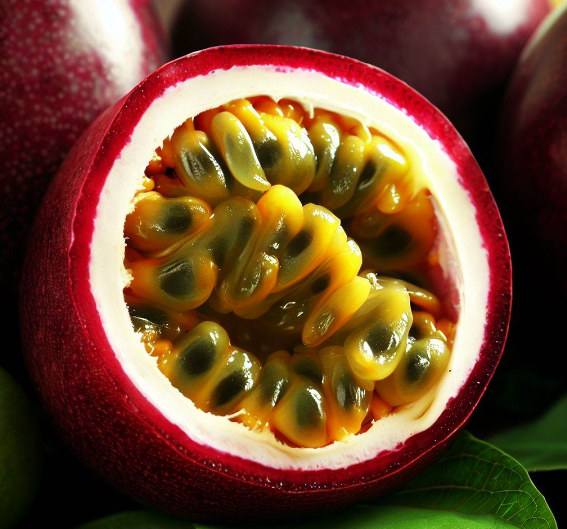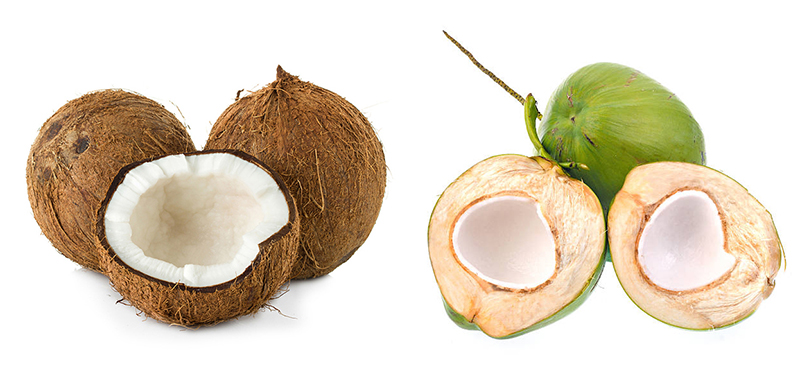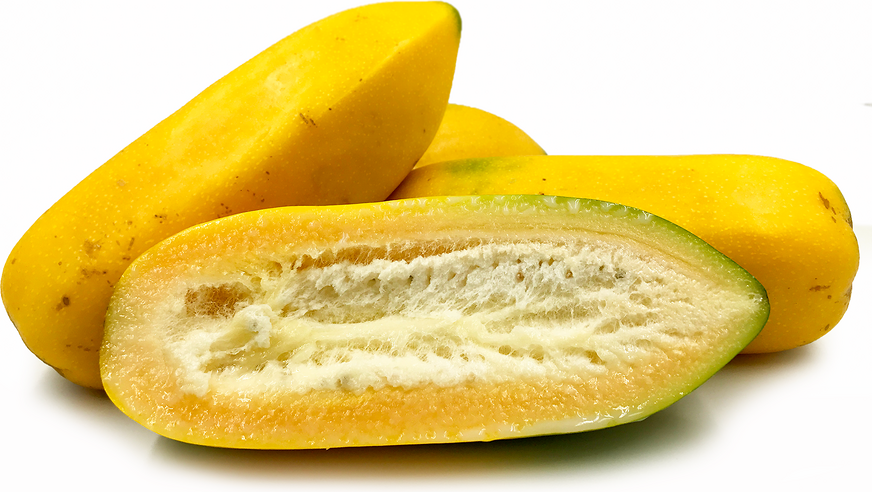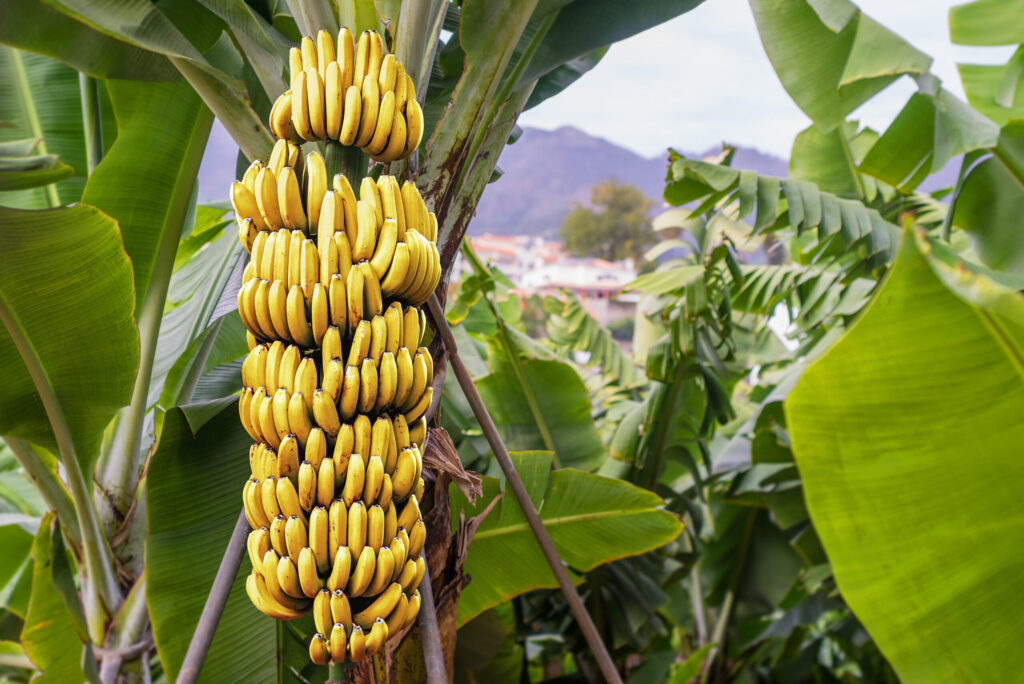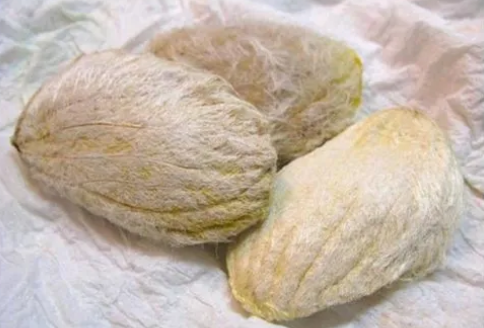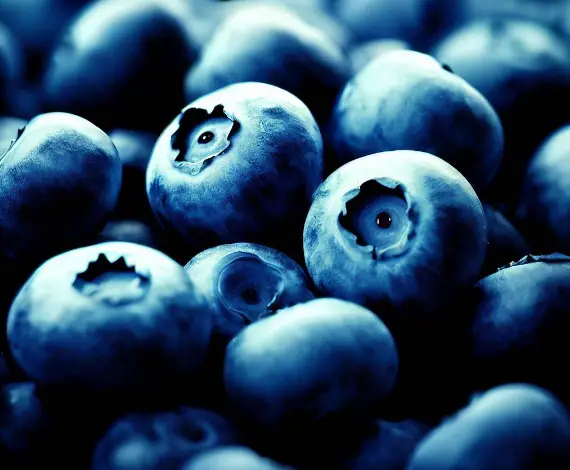Are you keen on trying different fruits and curious about non-astringent persimmons? What is this fruit, and why do people enjoy it? We’ll take a deep dive into everything about non-astringent persimmons here, including their flavor, health benefits, and ways to use them in meals.
Table of Contents
- Explaining Non-Astringent Persimmons
- Various Kinds of Non-Astringent Persimmons
- Nutritional Profile of Non-Astringent Persimmons
- The Health Benefits of Enjoying Non-Astringent Persimmons
- Choosing and Keeping Non-Astringent Persimmons Fresh
- The Best Ways to Eat Non-Astringent Persimmons
- Try These Non-Astringent Persimmon Recipes
- 1. Persimmon Salad
- 2. Persimmon Salsa
- Frequently Asked Questions About Non-Astringent Persimmons
- Can you eat non-astringent persimmons while they are still firm?
- How do you know when a non-astringent persimmon is ripe?
- Are non-astringent persimmons good for you?
- Can you freeze non-astringent persimmons?
- How do you prepare non-astringent persimmons for cooking?
- Conclusion
Explaining Non-Astringent Persimmons
Persimmons are sweet, delicious fruits that grow on trees and are originally from Asia. There are primarily two kinds: ones that give a bitter taste when not fully ripe (astringent) and the non-astringent kind. Here, we focus on the non-astringent variety, which is becoming more popular for its pleasant taste and how easily you can include it in dishes.
Non-astringent persimmons stand out because you can enjoy them even when they’re not fully soft. They have less of a substance called tannin, which in astringent persimmons can make your mouth feel dry or puckery.
Various Kinds of Non-Astringent Persimmons
Different sorts of non-astringent persimmons are out there, including Fuyu, Jiro, and Gosho varieties. The Fuyu is the variety you might see most often; it has a squat shape and a beautiful orange-red color, and it’s delicious whether it’s firm or soft.
Jiro persimmons are a bit smaller, more round, with a bright orange shade, and they taste even sweeter. Gosho persimmons are a special find, mainly grown in Japan, and they are often seen as a treat.
Nutritional Profile of Non-Astringent Persimmons
These fruits are not only tasty but also packed with good nutrients. They provide fiber, vitamins A and C, and important minerals like potassium and manganese. A medium non-astringent persimmon has about 70 calories, which is quite low and great for a health-conscious snack.
The Health Benefits of Enjoying Non-Astringent Persimmons
Non-astringent persimmons are full of antioxidants that help reduce inflammation and could protect you from diseases such as cancer and heart problems. They also have dietary fiber that aids digestion and helps you feel full without eating too much.
Choosing and Keeping Non-Astringent Persimmons Fresh
When you’re looking to buy non-astringent persimmons, pick the ones that feel firm and look smooth and bright without any damage to the skin.
It’s best to stay away from soft or bruised persimmons because they might be too ripe. You can leave non-astringent persimmons out at room temperature until they ripen. Once they’re ripe, you should put them in the fridge to keep them fresh longer.
The Best Ways to Eat Non-Astringent Persimmons
There are many ways to enjoy non-astringent persimmons, either raw or cooked. Raw, you can slice or chop them up and add them to salads or mix them into yogurt or oatmeal. They’re also lovely as a sweet topping on desserts like ice cream or cheesecake. If you want to cook them, you can use them in baked goods or throw them into stir-fries and stews for a unique flavor.
Try These Non-Astringent Persimmon Recipes
Ready to experiment with non-astringent persimmons in your kitchen? Here are some tasty recipe ideas:
1. Persimmon Salad
Ingredients:
- 2 non-astringent persimmons, peeled and sliced
- 2 cups fresh arugula
- 1/4 cup crumbled feta cheese
- 1/4 cup chopped walnuts
- 1 tablespoon honey
- 1 tablespoon balsamic vinegar
- 2 tablespoons olive oil
- Salt and pepper to taste
Instructions:
- Mix arugula, persimmon slices, feta, and walnuts in a large bowl.
- Make a dressing by whisking honey, balsausal dressing chilly vinegar, and fruity vinegar and drizzling it peppers ulas salad. y.ordermesa ysicscielan g scsc lowass bowl..over the salad. Mix everything well.
- Add a dash of salt and pepper for extra flavor.
2. Persimmon Salsa
Ingredients:
- 2 non-astringent persimmons, peeled and diced
- 1/2 red onion, finely chopped
- 1 jalapeño pepper, seeds removed and diced
- 1/4 cup fresh cilantro, chopped
- 2 tablespoons of lime juice
- Salt to your liking
Instructions:
- Combine persimmons, onion, jalapeño, and cilantro in a medium bowl.
- Add lime juice and salt.
- Stir everything together.
- Enjoy this salsa with chips, or use it to enhance grilled fish or chicken.
Frequently Asked Questions About Non-Astringent Persimmons
Can you eat non-astringent persimmons while they are still firm?
Yes, you can eat non-astringent persimmons even when they’re firm. They are different from astringent persimmons, which need to be fully soft before you can enjoy them.
How do you know when a non-astringent persimmon is ripe?
To tell if a non-astringent persimmon is ripe, check that it’s a little soft when you press it and that it has turned a rich orange color. Keep in mind it should not be too soft or falling apart.
Are non-astringent persimmons good for you?
Absolutely! Non-astringent persimmons are packed with good stuff. They are full of fiber and important vitamins and minerals. Plus, they have lots of antioxidants that help your body stay healthy.
Can you freeze non-astringent persimmons?
Sure, you can freeze non-astringent persimmons. They’ll stay good in the freezer for about half a year. Wash them, peel off the skin, cut them into wedges, take out any seeds, then store them in a container made for the freezer. When you want to use them, they’ll be ready!
How do you prepare non-astringent persimmons for cooking?
To get non-astringent persimmons ready for cooking, peel them and then cut into slices or chunks, depending on what your recipe needs. You can also cook them in the oven or on the grill if you want to make them taste even better.
Conclusion
Non-astringent persimmons are a tasty and healthy type of fruit that you can enjoy in so many ways. You can add them to all sorts of dishes, like fresh salads, and salsas, or even use them to make sweet treats like cakes. They’re also great for cooking, whether you want to bake them into pastries or add a sweet note to savory stir-fries. Next time you’re shopping for fruits, don’t forget to grab some non-astringent persimmons and try out all the yummy things you can make with them.
